The 1970s were a decade of bold choices, and nowhere was that more evident than in home decor. From bright patterns to unconventional materials, this era was all about self-expression and embracing maximalism. For today’s minimalists, who prize clean lines and neutral tones, ’70s home trends might feel like sensory overload. Let’s revisit 12 insane ’70s home decor trends that would leave today’s minimalists utterly shocked.
1. Shag Carpeting Everywhere
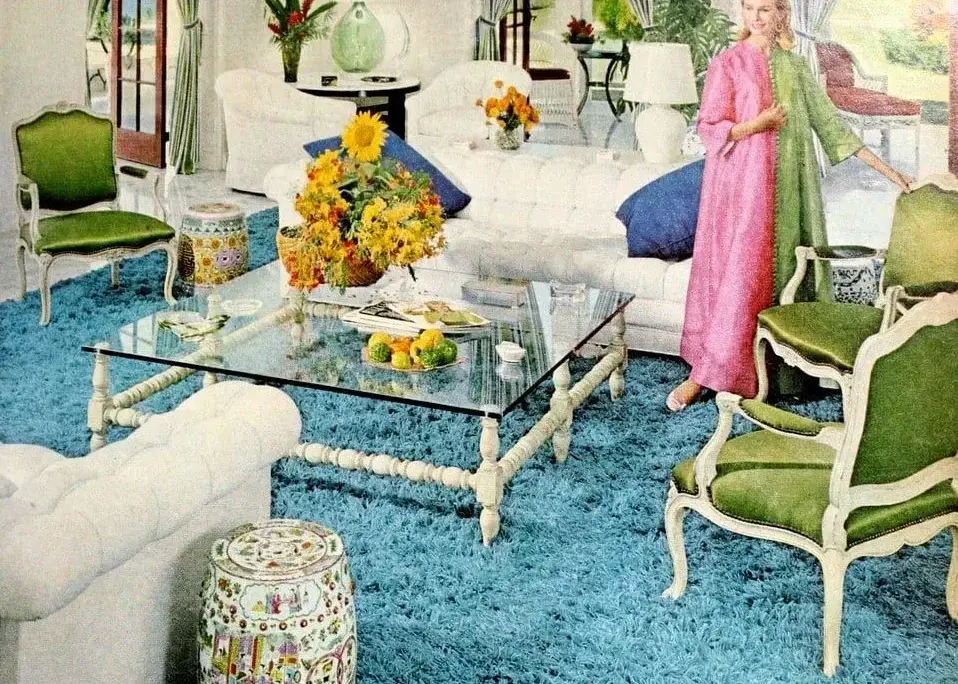
Shag carpeting wasn’t just a floor covering in the ’70s—it was a statement. Thick, fluffy, and often in bold colors like avocado green or burnt orange, it was a tactile experience that made every room feel cozy. Some daring homeowners even extended it to the walls or stairs for extra impact.
Today’s minimalists would be horrified by the upkeep alone—vacuuming shag carpeting was a workout. But for ’70s families, it was the epitome of warmth and comfort, even if it trapped every crumb and pet hair imaginable.
2. Wood Paneling
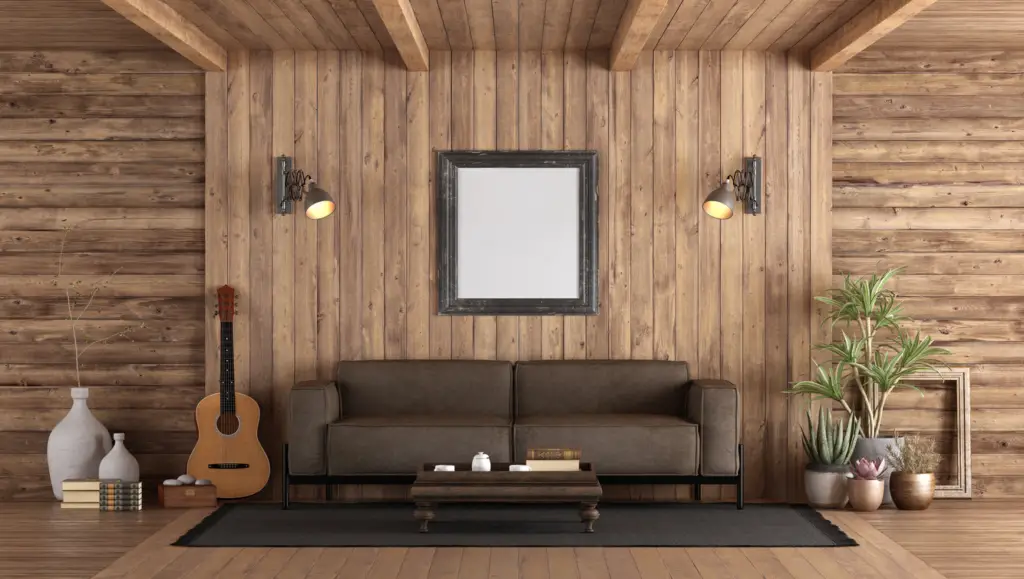
Dark wood paneling turned countless living rooms into cozy, cabin-like retreats. Whether it was real wood or faux laminate, it created an earthy vibe that felt quintessentially ’70s. Often paired with shag carpeting and oversized furniture, it made spaces feel warm, if not a little claustrophobic.
Minimalists, who prefer light, airy spaces, would find the heavy, enclosed feeling overwhelming. Yet, for those who grew up with it, wood paneling is a nostalgic symbol of homey simplicity.
3. Avocado Green and Harvest Gold Appliances
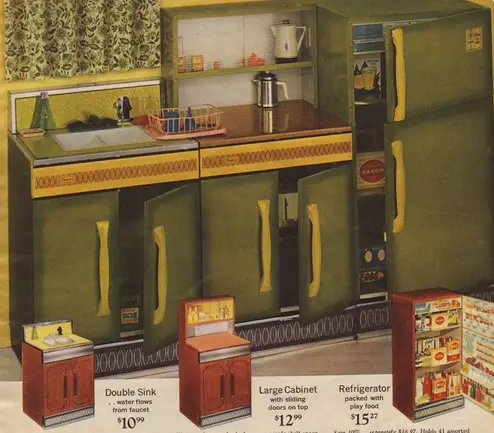
Kitchen appliances in shades of avocado green and harvest gold were the height of fashion in the ’70s. Refrigerators, ovens, and dishwashers all came in these earthy tones, creating a cohesive, color-saturated look.
Today’s stainless steel and neutral appliances seem almost invisible in comparison. Minimalists would likely cringe at the boldness, but boomers remember these hues as the pinnacle of modern design.
4. Beaded Curtains
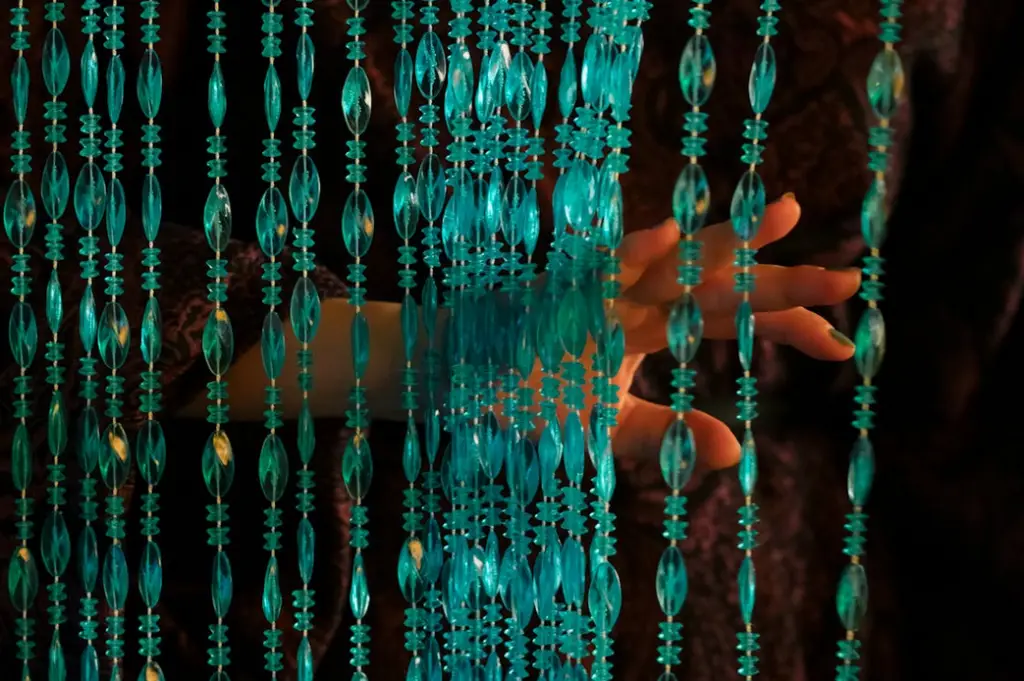
Beaded curtains were a funky alternative to traditional doors, often used to separate rooms or create a bohemian vibe. The clinking sound of walking through them was unmistakable, and their intricate patterns added a playful touch to any space.
For minimalists, the idea of replacing a solid door with dangling beads would feel chaotic and impractical. But for ’70s free spirits, it was a fun way to bring personality to a room.
5. Conversation Pits
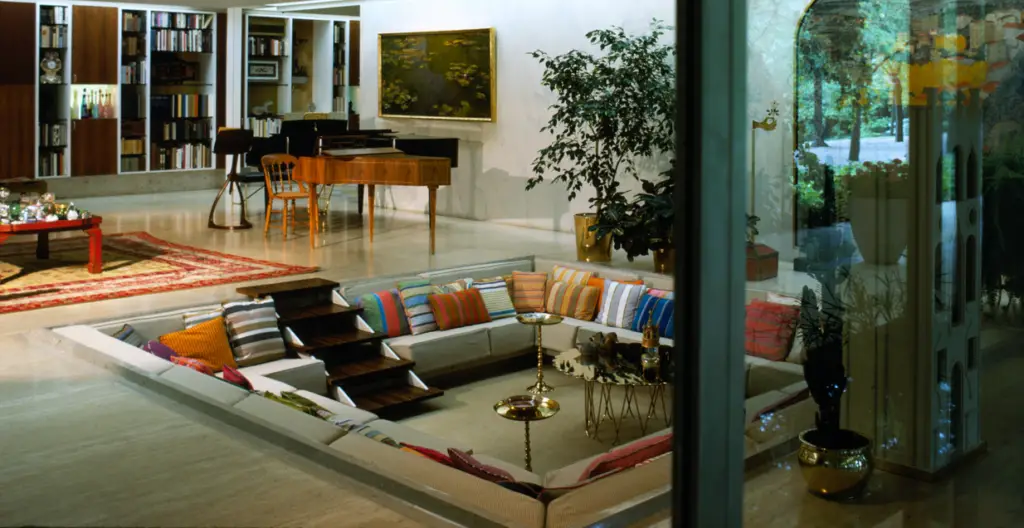
The conversation pit was the ultimate social centerpiece of a ’70s living room. These sunken seating areas, often surrounded by shag carpeting and bright cushions, invited guests to lounge and connect in style.
Minimalists, who favor multipurpose furniture and open layouts, might find conversation pits overly indulgent. But for families in the ’70s, they were the ultimate in cozy, communal living.
6. Psychedelic Wallpaper
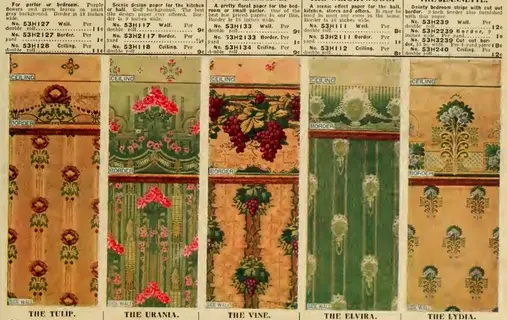
Walls in the ’70s were anything but boring, thanks to psychedelic wallpaper featuring swirling patterns and eye-popping colors. Kitchens, bathrooms, and even ceilings were often decked out in these dizzying designs, creating a bold and lively atmosphere.
Today’s neutral paint palettes stand in stark contrast to these vibrant walls. Minimalists would likely find the sensory overload unbearable, but for ’70s homeowners, wallpaper was a chance to make a dramatic statement.
7. Macramé Everything
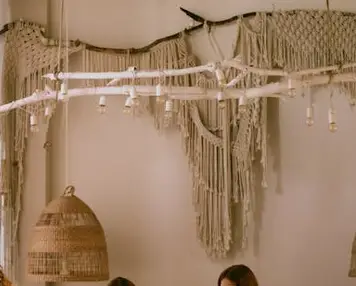
Macramé wasn’t just for plant hangers—it adorned wall art, lampshades, and even furniture. This hand-knotted decor trend brought a bohemian, homemade vibe to spaces and was a favorite for DIY enthusiasts.
Minimalists, who lean toward sleek and simple aesthetics, might find macramé too busy and fussy. But for ’70s homes, it added warmth and texture that complemented the era’s natural materials.
8. Hanging Chair Pods
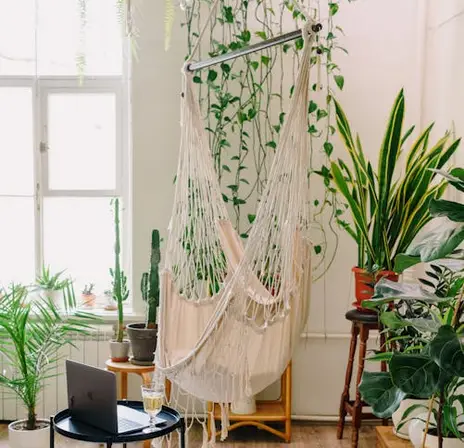
Hanging chair pods, often made of wicker or acrylic, were a futuristic yet cozy addition to ’70s homes. Suspended from the ceiling, they created a sense of floating relaxation that felt straight out of The Jetsons.
Minimalists might balk at the space these chairs occupy, but their playful design was a perfect fit for the experimental spirit of the ’70s. Plus, they made an unforgettable statement in any room.
9. Mirror Walls
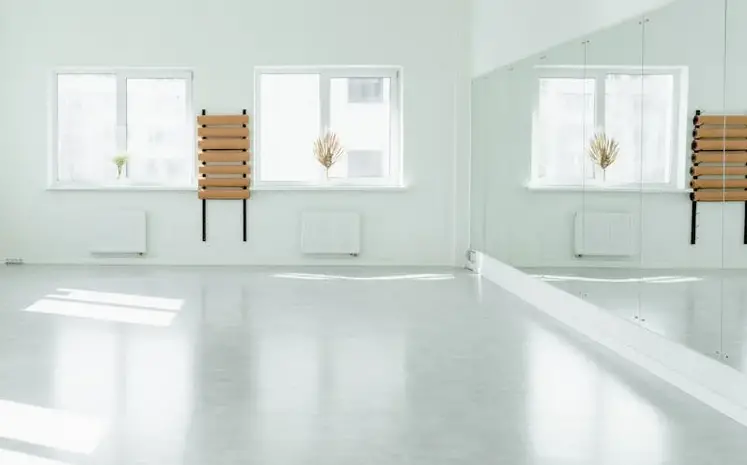
Full-wall mirrors were a popular way to make rooms feel larger and brighter. Found in dining rooms, living rooms, and even bedrooms, they reflected everything—including the shag carpet and psychedelic wallpaper.
Minimalists, with their preference for clean, uncluttered spaces, would probably find these walls excessive. But for ’70s homeowners, mirrors were a glamorous and practical addition to their decor.
10. Wicker Furniture
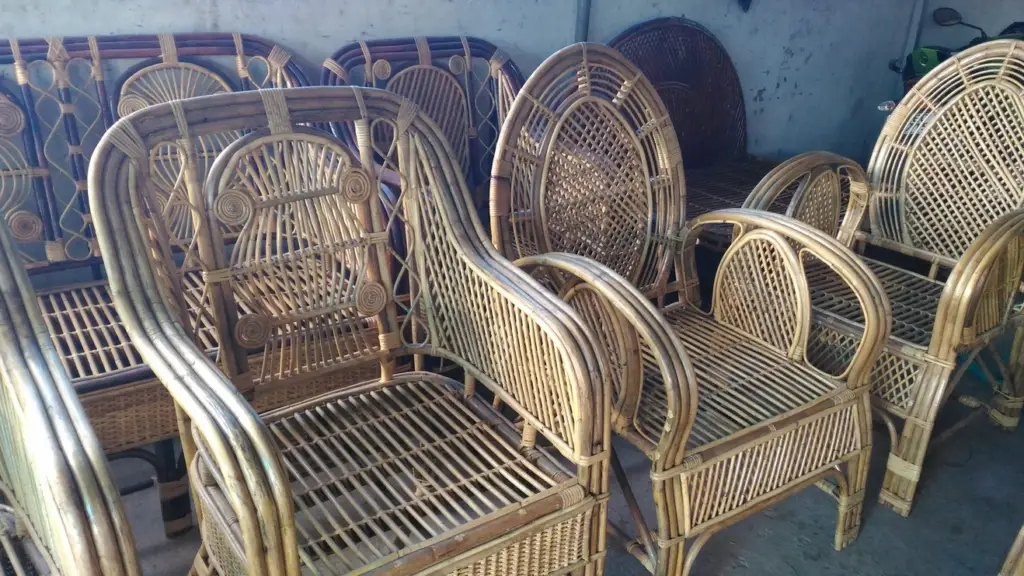
From chairs to coffee tables, wicker furniture was a staple of ’70s interiors. It brought a natural, casual vibe to homes and was often paired with bold cushions in geometric prints.
Minimalists might find the intricate weaves too ornate for their liking, but for fans of ’70s decor, wicker was the perfect blend of rustic and chic.
11. Sunburst Clocks
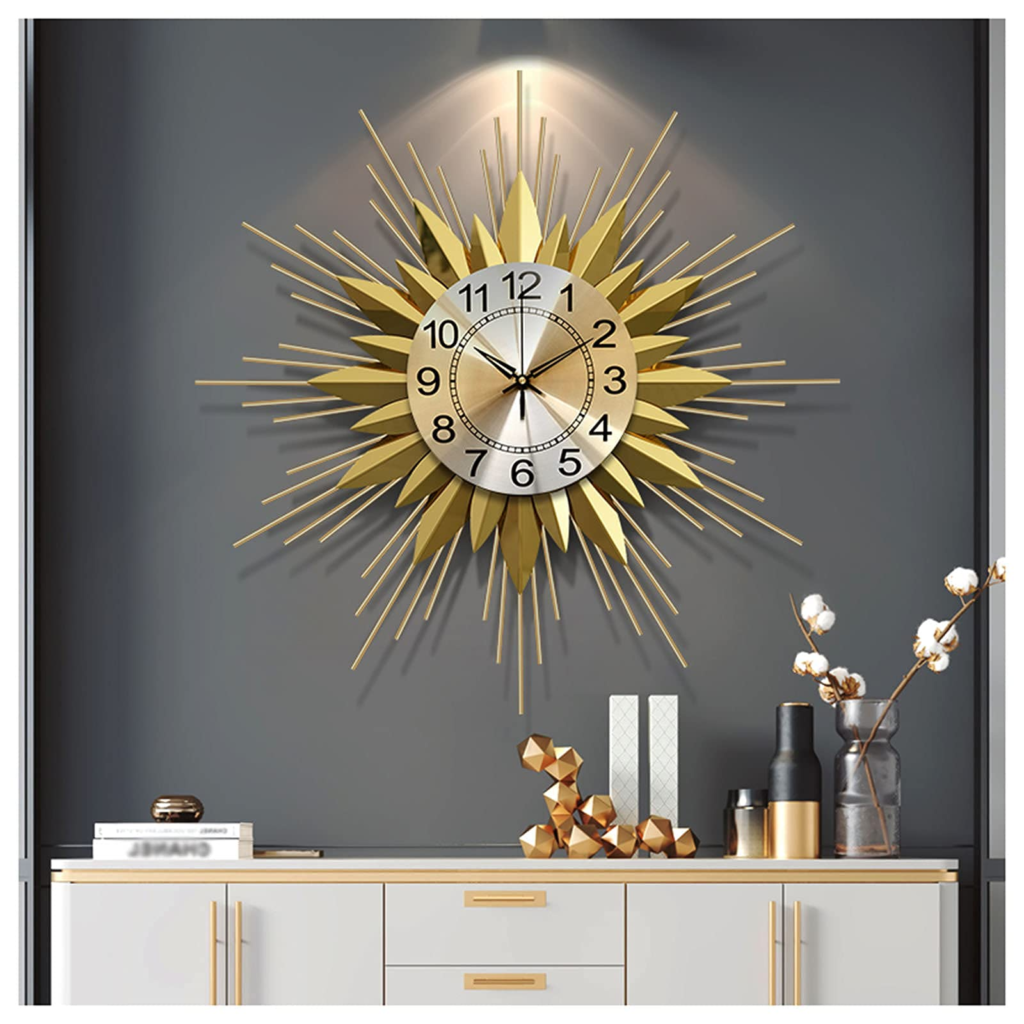
The sunburst clock, with its radiating metallic or wooden spokes, was an iconic wall accessory in the ’70s. Often oversized and highly decorative, it was as much a piece of art as it was a timepiece.
Minimalists might see it as unnecessary ornamentation, but for ’70s design lovers, a sunburst clock was the ultimate statement of mid-century modern flair.
12. Lava Lamps
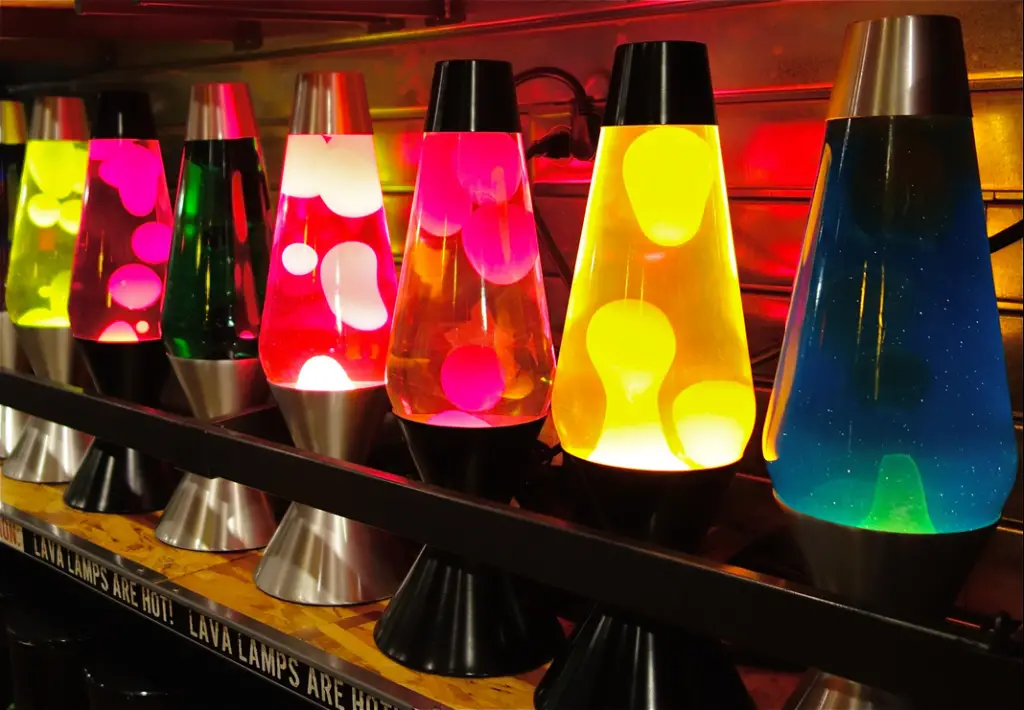
No ’70s home was complete without a lava lamp. These mesmerizing lights, filled with colorful, slow-moving blobs, were the ultimate conversation starter and added a groovy ambiance to any room.
Minimalists might dismiss lava lamps as kitschy, but their unique design and hypnotic motion made them a beloved piece of decor for a decade that wasn’t afraid to be a little weird.
The ’70s were a celebration of individuality, with decor trends that embraced color, texture, and creativity. While today’s minimalists might shy away from the boldness, these trends remind us of a time when home decor was all about expressing personality. Who knows—maybe some of these daring choices are due for a modern revival!


